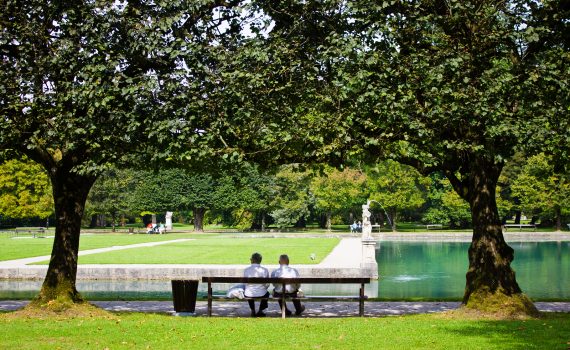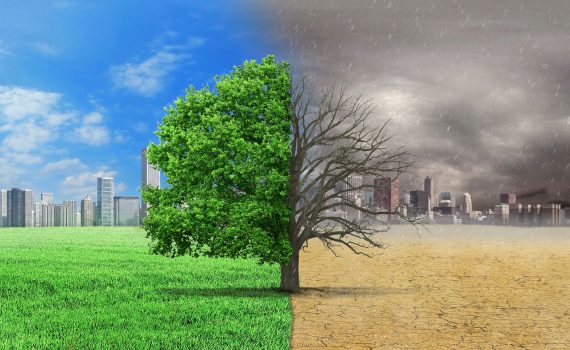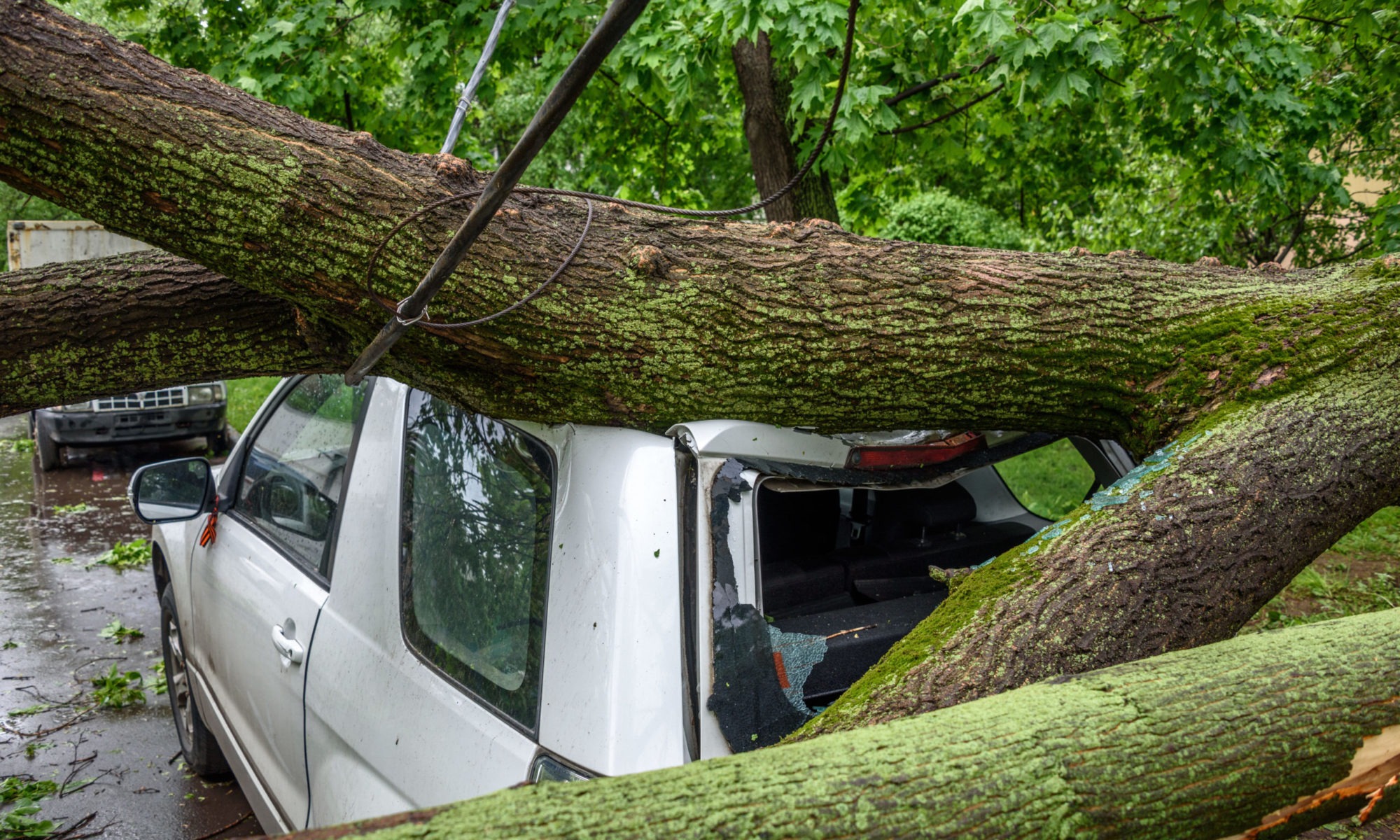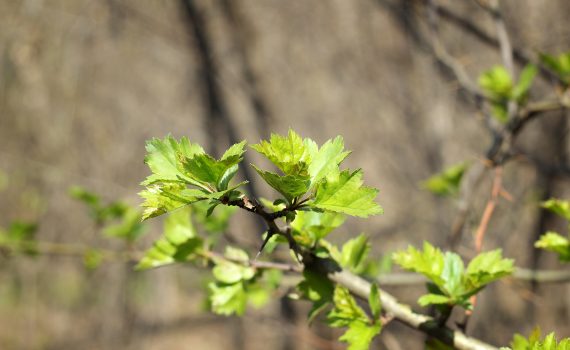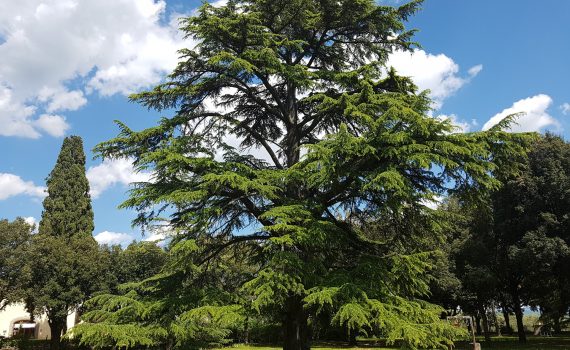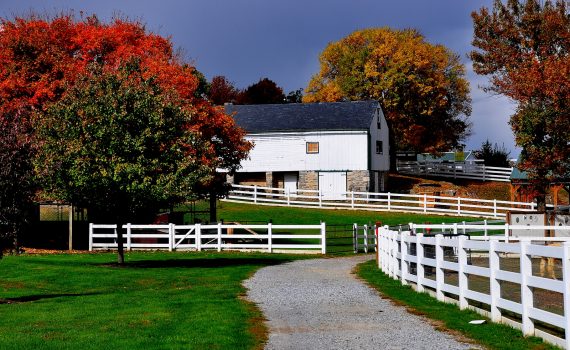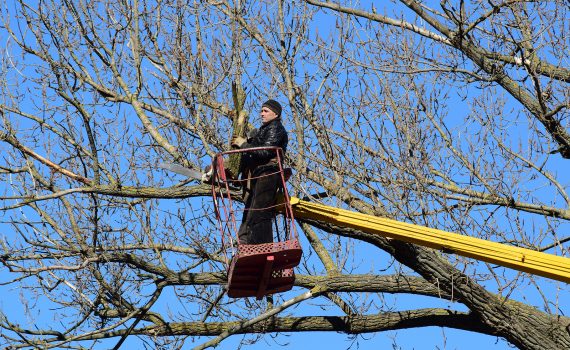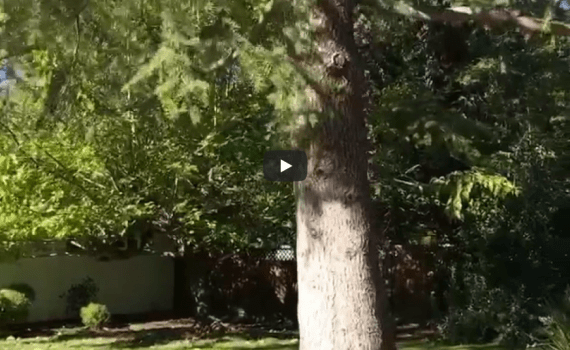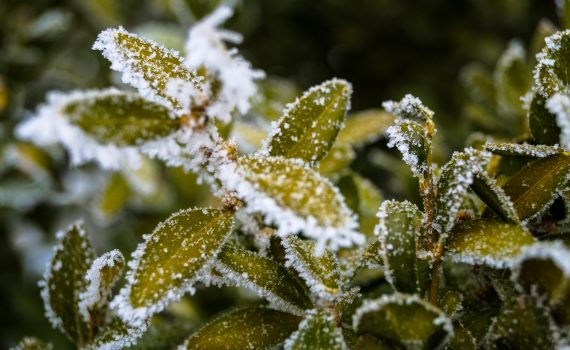Mature trees are an asset to your landscape. Fully developed trees have required years of nurturing growth and responsible Alamo tree . This investment should not be taken lightly. When caring for mature trees, you want to protect this investment, and ensure that your mature trees continue to provide shade and beauty to your landscapes. Older trees require specific care and nurturing to continue to flourish and remain protected from disease and pests. Here we look at five tips to help you best care for and look after your trees.
Water Your Trees Correctly
Mature trees need an appropriate amount of water, just like young trees. Using the correct technique to water your mature trees is essential to ensure your trees get the right amount of water in the right way. In the absence of soaking rain, you should deeply water your trees at least once a month. It can be helpful to consult with an experienced arborist regarding the specific water needs for your unique tree type.
Prune Mature Trees Properly
Regular pruning is important for trees to remove dead or diseased branches, and to manage excess growth to reduce weight. Heavy branches can break and fall, causing damage to the tree or your property. However, incorrect pruning can severely damage your mature tree, eventually causing tree death. Tree topping is a particularly harmful practice that can eventually destroy your tree by removing it’s most important food producing branches. When pruning a mature tree, it’s best to call a Alamo tree certified arborist to prune with the correct technique that is safest for both you and your tree.
Protect Tree Roots
Mature tree roots can continue growing to help support the tree. However, the large roots of mature trees can sometimes create issues for surrounding structures. If tree roots are disrupting your yard, it’s important to call a certified arborist for expert advice and management. Covering exposed tree roots with mulch is a useful way to protect both the roots and visitors to your garden, however it’s important not to apply mulch too close to the tree trunk.
Inspect Mature Trees For Pests And Diseases
Mature trees that have undergone some stress, been damaged, or incorrectly pruned can be left more prone to tree diseases and pest infestation. Inspect your trees periodically for signs of problems, such as weak branches, discolored leaves, or visible pests.
Nourish the Soil
Trees get all their nutrients from the surrounding soil so it’s important to keep the soil healthy as your trees develop and mature. Applying wood mulch can help to both protect the soil and supply nutrients and microbes that support healthy tree growth. Your local arborist can deliver a healthy supply of mulch direct to your yard to keep your mature trees thriving.
Offering shade, beauty, and structure to your yard, your trees are an investment that you will want to protect. Look after your trees with these five essential tips to best nurture their continued growth.
Contact Alamo Tree Care
Contact Llamas Tree Service for any location in the bay area, including Albany, Danville, Berkeley, Oakland, Walnut Creek, Concord, San Pablo, San Leandro, Fairfield, Hercules, Kensington, Port Costa, Piedmont, Orinda, Lafayette, El Cerrito, El Sobrante, or Alamo tree .
 Bringing Sexy Back Into Your Yards
Bringing Sexy Back Into Your Yards 
